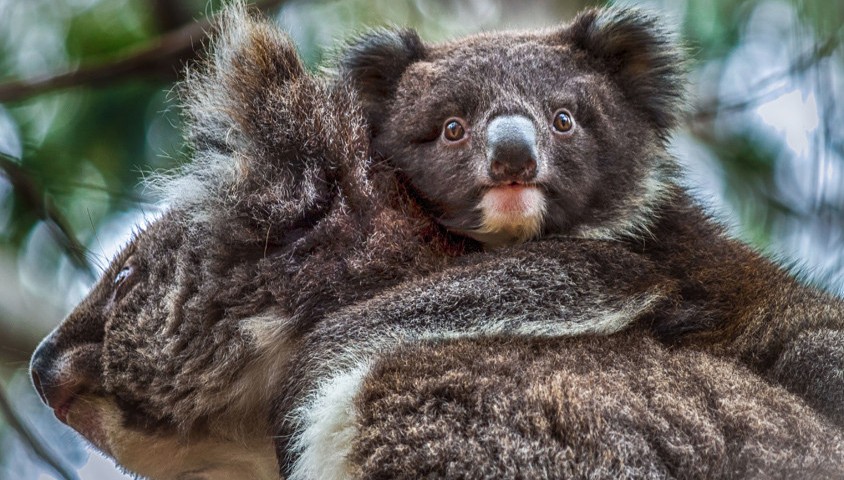Residents of the Coffs Coast area in NSW are becoming increasingly concerned about the extent of logging activity that the state’s Forestry Corporation plans for local State Forests.
In an email to Wild, Sapphire Beach resident Charles Stockton shared his dismay at learning of plans to remove native trees from critical koala habitat in Orara East State Forest next year.
Some of the area scheduled for logging lies adjacent to Stockton’s property, which naturally triggered his interest in the plans.
“This activity is business as usual for Forestry,” Sweeney said. “They regularly log the public forests around Coffs Harbour and are doing so with increasing frequency and intensity.”
Recently, documents obtained by The ABC reveal that Forestry NSW plans to overhaul its existing practices to ensure even more logging of public lands, and the devastation of even more habitat.
“Logging these areas is essentially turning them from living ecosystems that support a variety of species into dead zones where all of that vanishes. We already know that logging drives lantana invasions and the invasion of lantana is a key threatening process which drives species closer to extinction.”
Sweeney has studied these problems firsthand, having worked on research on ‘bell miner associated dieback‘ – a complex chain of events that results in the death of eucalypt forests.
In bell miner associated dieback, an invasion of lantana has a positive impact on the presence of bell miners (also known as the bellbird, it is known for aggressive behaviour to other bird species). The increased presence of these birds means a decrease in many smaller birds, resulting in a boom in insect populations and subsequent dieback of eucalypts in the impacted area.
“This is just one example of the impacts of logging native forests that people are only just becoming aware of,” Sweeney said. “The time is long past that we realise the value of these forests, not only for the sake of the environment but also for our own wellbeing and recreation.
“We should shift all wood harvesting to plantations and leave our native forests intact.”
In a bid to reverse the trend for logging, the NPANSW intends to launch a ‘Forests Plan’ that is designed to demonstrate the value and benefits of NSW native forests in a ‘post-logging’ era.
The Forests Plan, which Sweeney says is due to launch very soon, will categorise forests across all public lands according to their environmental importance, as well as how they may be appropriately used for recreation.
Until we do reach our post-logging future, it seems the future of our forests will continue to hinge upon the involvement of passionate individuals within the community.


